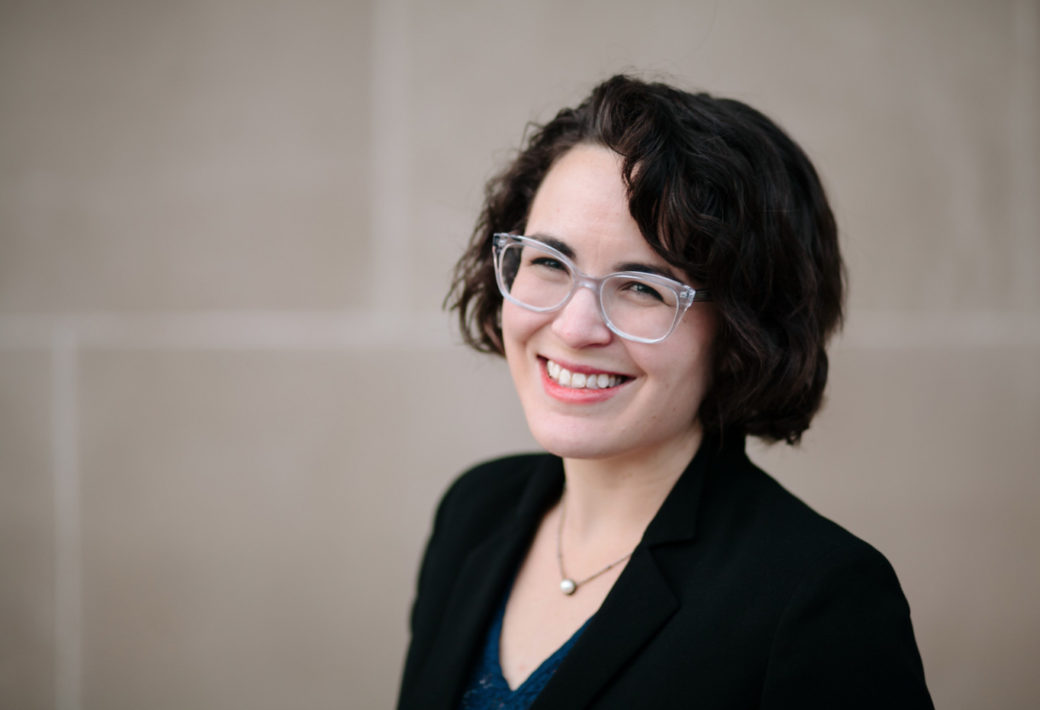
What’s New at Oklahoma Contemporary: Studio School
From our new 53,916-square-foot building to a suite of expanded education offerings and public programs, it can be hard to keep track of the many exciting changes coming to Oklahoma Contemporary Arts Center in 2020. That’s why we’re interviewing staff members from all areas of our organization for a feature we’re calling #ThursdayThree — a Q&A series to bring you inside the changes soon coming to NW 11th and Broadway.
This week we’re chatting with Adrienne Lalli Hills, associate director of Studio School, who has the scoop on Oklahoma Contemporary’s new, year-round lineup of classes and workshops for adults and teens.
What is your role at Oklahoma Contemporary?
My position is new, in the same way that Studio School is new. I’m the associate director of Studio School, and I oversee the strategic initiatives within the space and support the work of the coordinator of Studio School (Kate Nickel) and the manager of our Ceramics Program and Studio (David Stevens).
I have a background in curriculum and instruction — not in schools, but in informal learning environments like museums or art centers. I help our Studio School instructors think about the learning objectives and outcomes they want to reach and make sure they have a plan and the materials needed to achieve them. I also make sure they align with our larger institutional goals and strategies. I'll be working, too, to create an evaluation plan to make sure we’re doing what we said we’d do — and, probably more excitingly, to identify other kinds of unintended benefits of the program. These might be “softer” things not necessarily in the realm of learning, but they help people build a sense of community around this space.
What workshop or class has you particularly excited?
One in particular I'm excited about is a fiber arts class called Visible Mending, taught by Darci Lenker. It will focus in part on the Japanese Boro technique of Sashiko. It’s an art form that was born out of austerity in Japan, where people would decorate and mend clothing in a manner that keeps you warm. It keeps clothing functional, but has also become a style that's kind of trendy. And so it hits a lot of different things for us.
I think people are going to learn a lot about embroidery and needlework while creating something they could actually wear. Hopefully it will also foster larger discussions about how we can upcycle clothing or be more sustainable in our every day. One cool thing: We're offering a 10-week course, if you want to get deeply into it, and then we also have a shorter workshop option on the same topic. So, depending on where people want to go, we’ve got two points of entry.
Taught by experienced art educators and university faculty, Studio School classes will provide a creative outlet as well as an opportunity to learn and expand skills, improve techniques and experiment with familiar and new media.
What is the big-picture value of this kind of community-focused arts education, and what draws you to the work?
There are several ways you can parse its value. There’s value in terms of the students who register and take classes and have these meaningful interactions with art. As a community arts organization, we anticipate that students with a range of skills and experience will come through our doors. Professional artists will have a place to work with colleagues and instructors to hone their practice. At the same time, I’m actually in a lot of ways more interested by people who come to the arts from an informal background — like people who may be retired and are looking for a new way to express themselves, to get to know themselves and their world better. So those people will undoubtedly derive a lot of value from the arts education they’ll get here.
Another way Studio School impacts Oklahoma City is by supporting artists' work and engagement in our community through teaching opportunities. We're also thinking a lot about how we can support and cultivate a sense of hospitality and generosity toward artists. So, what can we do for our instructors in addition to paying them? How can we provide them with professional development opportunities? I love supporting artists, because they do extremely valuable work for communities and for society. Artists help us imagine the future, and we’d be lost without them.
Return to New Light.









